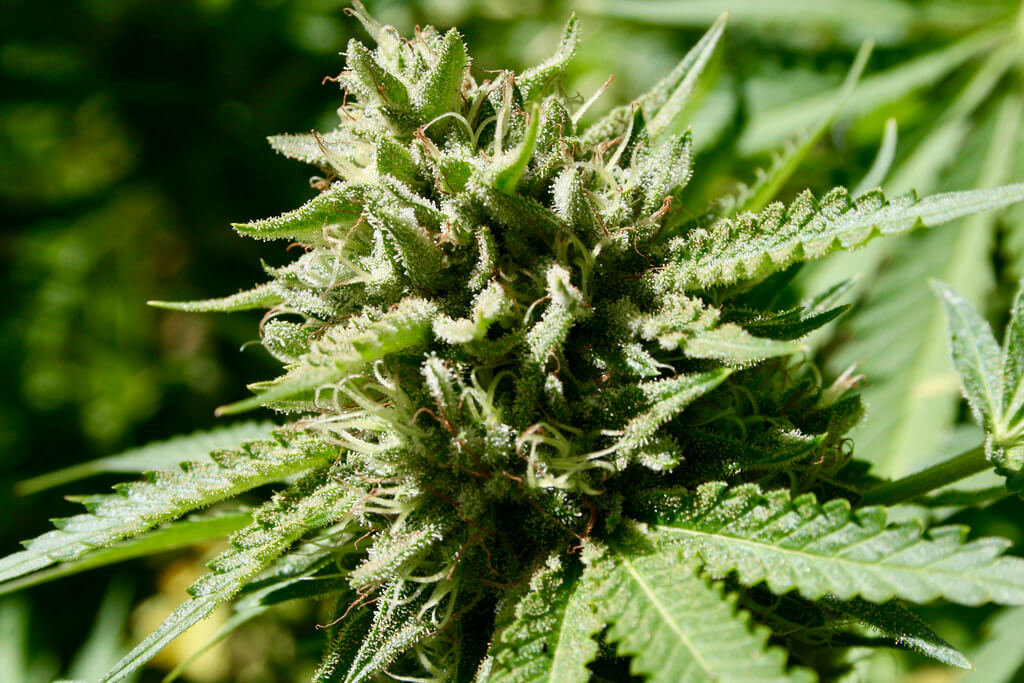Introduction
When it comes to achieving peak performance in your workouts, effective warm-up routines are the cornerstone of success. A well-structured warm-up not only prepares your body for the demands of exercise but also enhances your overall performance and reduces the risk of injury. In this comprehensive guide, we’ll delve into the importance of warming up before a workout and provide you with proven strategies to optimize your warm-up routine for maximum results.
Understanding the Importance of Warm-Up
Before diving into the specifics of an effective chest warm up routine, it’s crucial to understand why warming up is essential for every fitness enthusiast. A proper warm-up serves several key purposes:
1. Increased Blood Flow
Engaging in a dynamic warm-up increases blood flow to your muscles, delivering essential nutrients and oxygen while removing metabolic waste products. This heightened circulation primes your muscles for action, improving their efficiency and performance during exercise.
2. Enhanced Flexibility and Range of Motion
Dynamic stretching incorporated into your warm-up routine helps improve flexibility and range of motion in your joints. This increased mobility not only allows for more fluid movements during exercise but also reduces the risk of strains and sprains.
3. Activation of Neuromuscular Pathways
By gradually ramping up the intensity of your warm-up, you activate neuromuscular pathways, allowing for better coordination and muscle recruitment during your workout. This neurological priming enhances the efficiency of movement patterns and can lead to improved exercise performance.
Components of an Effective Warm-Up Routine
Now that we’ve established the importance of warming up, let’s dive into the key components of a well-rounded warm-up routine:
1. Cardiovascular Activation
Begin your warm-up with five to ten minutes of light cardio activity, such as brisk walking, jogging, or cycling. This helps elevate your heart rate and increase blood flow to your muscles, preparing them for the upcoming workout.
2. Dynamic Stretching
Incorporate dynamic stretches that target major muscle groups and joints involved in your workout. Perform controlled movements that gradually increase the range of motion, focusing on areas prone to tightness or imbalances. Dynamic stretches not only improve flexibility but also help activate the muscles you’ll be using during your workout.
3. Activation Exercises
Include activation exercises to engage specific muscle groups and enhance neuromuscular activation. These can include bodyweight exercises, resistance band movements, or stability exercises that target key areas of the body. By activating the muscles before your main workout, you ensure they are firing efficiently and ready for action.
4. Movement Preparation
Transition into movement preparation exercises that mimic the movements you’ll be performing during your workout. This could involve bodyweight squats, lunges, or dynamic drills specific to your chosen activity. By rehearsing these movement patterns, you reinforce proper technique and mentally prepare for the upcoming workout.
Tailoring Your Warm-Up to Your Workout
The optimal warm-up routine may vary depending on the type of exercise you’ll be undertaking. Whether you’re gearing up for a strength training session, a high-intensity interval workout, or a yoga session, it’s essential to tailor your warm-up to suit the demands of your chosen activity.
Strength Training Warm-Up
Prioritize activation exercises that target the muscles you’ll be training, focusing on compound movements such as squats, deadlifts, and presses. Gradually increase the intensity to prepare your body for heavy lifting while ensuring proper form and alignment.
Cardiovascular Exercise Warm-Up
For cardiovascular activities such as running or cycling, emphasize dynamic stretches that mobilize the hips, knees, and ankles. Incorporate short bursts of higher intensity to mimic the demands of your workout, gradually building up to your target pace or intensity.
Flexibility-Focused Warm-Up
If your workout focuses on improving flexibility and mobility, dedicate more time to dynamic stretching exercises that target tight or restricted areas. Focus on controlled movements that encourage deeper stretches without compromising stability or alignment.
Conclusion
A meticulously crafted warm-up routine is the foundation of any successful workout regimen. By incorporating cardiovascular activation, dynamic stretching, activation exercises, and movement preparation into your warm-up, you can prime your body for optimal performance and minimize the risk of injury. Remember to tailor your warm-up to the specific demands of your workout, ensuring that each component addresses the needs of your chosen activity. With a well-executed warm-up routine, you’ll be ready to tackle any workout with confidence and vigor.








